Big news! My wonderful agency, Erin Murphy Literary Agency, is now merged with Aevitas Creative Management. I get to keep working with the incredible Miranda Paul, and I’m excited about our future projects!

Big news! My wonderful agency, Erin Murphy Literary Agency, is now merged with Aevitas Creative Management. I get to keep working with the incredible Miranda Paul, and I’m excited about our future projects!

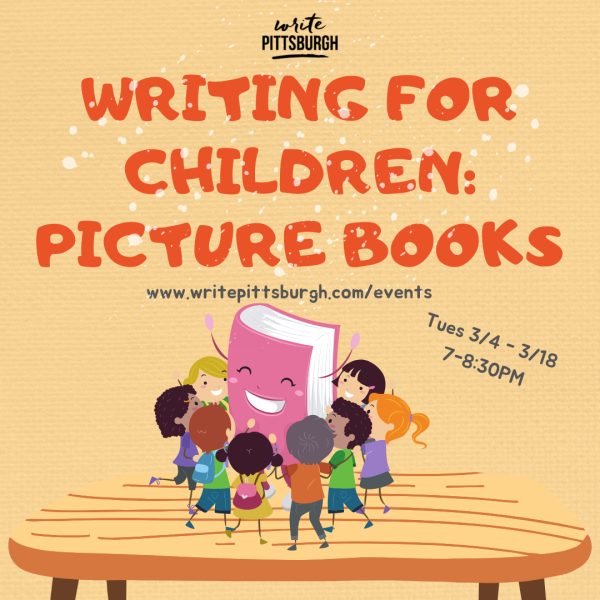
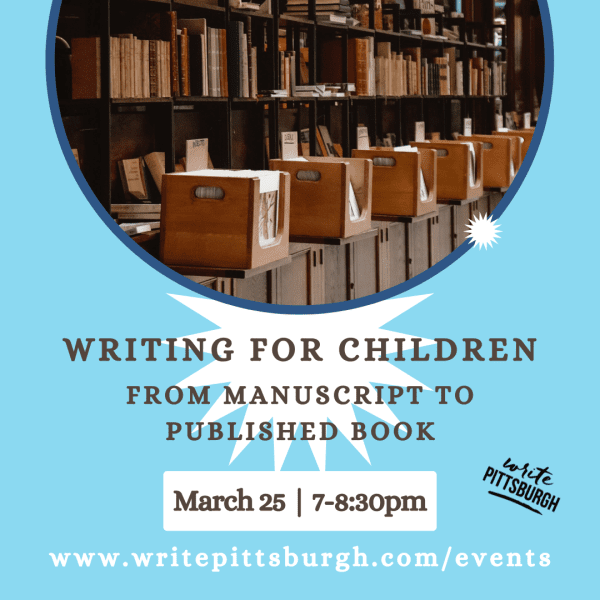
I was so pleased to see my new story in the January 2025 issue of Highlights for Children. I was also really excited to discover I can download copies of Highlights on the Libby app and read them at home! I read this magazine over and over as a kid. I love that I can keep up that wonderful habit as an adult.
This particular story has some autobiographical elements, but really it’s about how so many people help me write stories and books. I’m forever grateful to my critique partners and supporters.
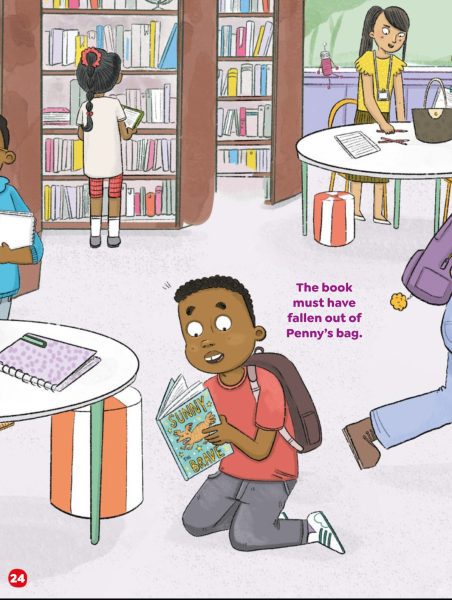
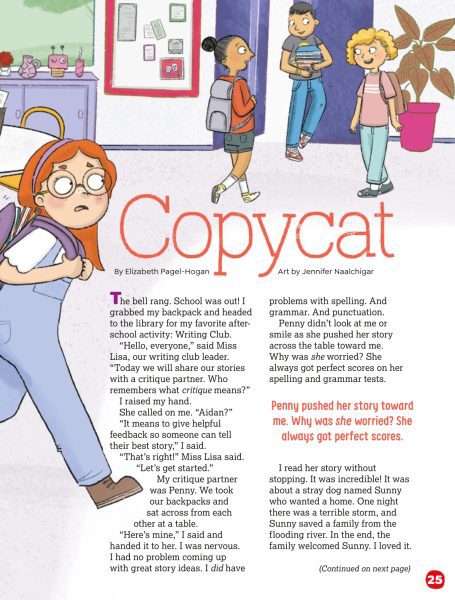
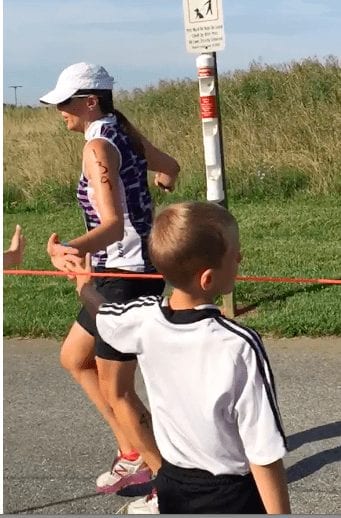
Running, Writing, Parenting
I’ve been a writer for a long time. I have bags of old journals and bins of old stories. I’ve also been a runner for a long time. I’ve learned a lot from both that help me with both passions. Here are some things I’ve learned.
There’s always someone faster. This is true about running, writing, parenting. There’s really no use in comparing yourself, or your family, or your home, or your story, or your race, to anyone else. There will always be someone who seems ahead or behind, smarter or funnier, cleaner or fancier, whatever. So work on being the version of you that you love best.
Progress isn’t a straight line. Have you ever run in a really crowded race? Sometimes to get anywhere forward you need to go sideways and zig zag through a lot of people or around obstacles. Sometimes your training schedule gets interrupted by injuries so you have to take up cross training to get back out on the track. Sometimes you have to unlearn what you thought you knew about being a parent in order to get through a tough time. And often, you have to stop writing one kind of project and go back to the beginning of a different project in order to reach your goal. We often learn the most from the things we do wrong, so don’t get too down about making a wrong turn.
Injuries mean you need to rest. Even writers get injuries, both physical and mental. Do not skip those rest days. They are essential to operating at your best. And yes, ice packs work on both writing and running pains. So does chocolate.
Gear: Is it really necessary? Not always. You don’t necessarily need the top of the line computer or fanciest pen to write the best story of your life. And you don’t need every fancy running accessory out there. But if it helps motivate you, maybe that new ear warmer or notebook isn’t such a bad idea.
Sleep: Is it really necessary? Yes.
Drills and Muscle Memory are Important. Habits work. Stick to the routine that works for you. Ditch the parts that don’t.
Workout Partners Work. We all need friends but it can be hard not to compete and compare. Try to focus on the support and accountability parts of your critique partners and running partners. Remember, winning doesn’t mean beating them. Winning is about doing your best.
Sometimes There Are No Medals. “Good’ is so subjective. So personal. I might finish first in my age group in a small neighborhood race but have a terrible time. I might run a the race of my life and finish in the bottom half, maybe even bottom third of my age group and not a single person even notices my moment of glory. Parenting is the same way. So many times my best moments go unnoticed by anyone. Those times when I crack a joke with my oldest son, or help my middle son master a new skill, or join my youngest in a fantastic art project are private moments that no one cares about but me and my kids. That’s life as a running parent. And life as a writing parent can be the same. Your best story doesn’t always get published. You might not win that poetry contest. There are no medals for our best moments. So don’t worry about the medals!!!! Remember the moments that matter.
It’s the time of year for gift giving. And it’s not always easy to find great gifts for writers. How do you wrap up a publishing contract? So I’ve gathered up twelve wonderful pieces of writing advice that I’ve gathered in notebooks over the years. Hopefully these carry you through the next year of writing.
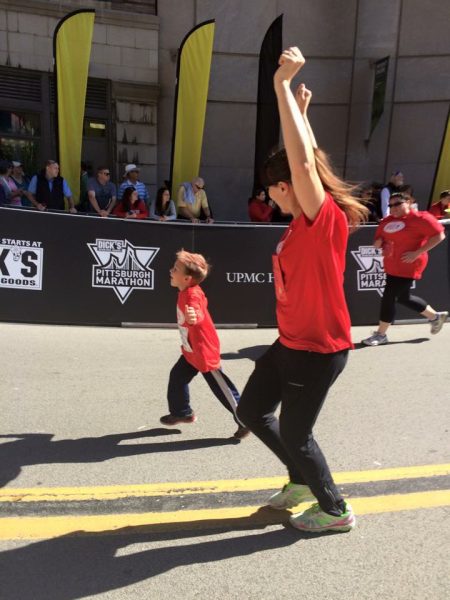
The shortest distance between two points is a straight line. That’s what I wanted for my writing career: a nice, straight short line from typing my opening lines to holding my published (and well-reviewed) book in my hands.
I should have known it wouldn’t happen like that. I already know that the most interesting stories involve plot twists, unexpected moments, and surprise reveals. And my career as a writer has had all of those and more.
Early on, when it felt like I was never going to find a home for my stories, I made a decision to celebrate every up and down along the way. Because I realized that if I only focused on the end, I would miss out on an incredible, unforgettable journey.
Your journey as a writer is going to be an interesting story. Don’t try to avoid it. Don’t wish it won’t happen. Embrace every milestone, especially the uncomfortable frustrating and sad ones.
Each one of these milestones means you are part of the creative community. But what milestones should you celebrate?
One of the best parts of this mindset is that there’s no rule book about which milestones you need to celebrate. You get to choose what matters.
I suggest you start simple. When you complete your first draft, kick up your feet and indulge in something sweet. I like a piece of dark chocolate with my coffee.
Then when you’ve completed revisions and revisions and more revisions, celebrate by going on a walk somewhere new, or calling a friend.
The first time someone at critique group suggests a change to something you love, celebrate by sending them a thank you.
And when you send off your first submission – but before you hear back – splurge a little! What makes you happy and carefree? What gives you a feeling of peace and calm? For me, it’s going birding…or getting ice cream.
When that first rejection comes along, treat yourself to something like a sour candy. It’s bitter, but also sweet. Getting a rejection means you submitted something and someone took the time to reply.
Don’t forget to celebrate the tenth, and the twentieth rejections, too. It all counts in the life of a writer.
I remember the first time a magazine accepted one of my submissions – we went out for the fancy pizza! And when a magazine rejected my story for the fifth time? We went out for the fancy breakfast. I made sure to include my kids in my milestone moments because they need to see how to handle the good and the bad.
What other milestones can you create to celebrate? Maybe the first time you invest in yourself and sign up for a writing class or the first time someone asks you for advice.
All of these milestones matter, even the ones you make up. They are indicators or signposts, that you are putting in the work. You are living the creative writing life.
There are always going to be bumps on the road. But instead of avoiding them, ride them up and down. Straight lines are overrated, anyway!!

I love reading picture books. Yep, I’m turning 49 this year and I read almost 200 picture books every year!! I teach a graduate writing class about picture books and an after school club on writing picture books. But I also read them for pure enjoyment because I love picture books.
I write picture books, but I also write longer middle grade and young adult manuscripts. And reading (and writing) picture books help me write better novels.
There are three things I practice when I write a picture book, and getting good at writing these things make better books of any length. But the reason to practice these when writing picture books is because it’s arguably harder to write picture books. You have to refine and perfect all the story elements very quickly, because you should not write more than 500 words, ideally. And you need to leave room for illustrations. It’s not easy.
Here are the three elements:
Work on these three elements in any story you write, no matter how many words. Strengthen these skills and you will write stories that readers love, and you will love the feeling of knowing you’ve written something great.
How do you write a book? Word by word, sentence by sentence, and SCENE BY SCENE. Strong scenes show readers what they need to know about your main character: their secrets, their struggles, and their successes.
There are three O’s you need in every scene you’re writing. I wish I could remember where I learned this, but it’s been years. YEARS! I have these jotted on a post-it note that has lost its stickiness because it’s so old. I now have it taped to my desk.
First, you need an Objective. This is your character’s goal. What do they want? What do they think they want? It may or may not be what they need. Make sure readers say, “Oh yeah, that’s a cool goal!”
Then you need an Obstacle. This is the who or what that is getting in your main character’s way. Your main character needs an Obstacle that is related to their Objective. (Something that makes readers say “Oh No!”
Finally, you need an Outcome. Does the main character overcome their Obstacle and reach their Objective? The answer should be “sort of.” Because the Outcome should add a new element to the Objective and Obstacle so that readers keep reading. If the main character solves their big Obstacle in Chapter 1, your book is done. Hopefully readers say, “Oh my, I didn’t expect that!” and keep reading.
Those are your three O’s that you need in every scene. If you don’t have them, your plot is just a series of events, not actual scenes, and your story will sag and droop and people will not keep reading.
So go write those O’s!

Summer blockbusters are all about fun. So while you’re at movie nights in the park, pay attention to these three things from movies that you can add to your book and make it lots of fun!
So there are your three things from movies that can make books fun. Do you have a favorite montage, feast, or mini-quest from a movie or show you can think of? Have you added this element to your book? NO?? Then get started!
The Olympics start July 26 in Paris and I’m so excited! I love the Olympics. I love watching dreams come true, and sympathize with the heartache. The personal stories pull me in, and I am captivated by the way people around the world work toward a common finish line, a new height, a faster time, a greater goal. Just making it to the Olympics is worth celebrating!!
I also love to see the wide variety of sports represented at the Olympics, and they add new sports all the time. In recognition of the competition and the struggle, I wrote a little essay that I hope entertains and inspires you. And if you’ve ever competed in this particular Olympics, I award you an honorary medal!
The Parenting Olympics
Julie: Good morning to everyone watching at home and welcome to the Parenting Olympics! We’re just starting here, but most of our competitors were woken up before sunrise with the Greco-Roman blanket wrestling event.
Ray: I’d say our competitors are used to those kind of early morning shenanigans, wouldn’t you?
Julie: I would, Ray. They’re used to pushing themselves to the absolute limits of stamina and strength on practically no sleep.
Ray: Masters at work.
Julie: Truly. It looks like the next event is already starting, the first heat of the potty training sprint.
Ray: Heads up out there! Emergency!
Julie: It’s a bit earlier than we’ve planned but that’s just how the Parenting Olympics goes. And it looks like everyone made it to the potty on time.
Ray: That’s a relief.
Julie: No, wait, I’m wrong, we have one competitor in trouble.
Ray: It’s the bibbed overalls! Absolute mayhem!
Julie: He needs to speed up or there will be consequences in the laundry marathon later.
Ray/Julie: Oh no!
Julie: Not a good start. And they’ve been working so hard on potty training.
Ray: How do these parents stay in shape for these extensive challenges?
Julie: Training is 24/7. Competitors have sacrificed socializing, relaxing, and in some cases personal hygiene. Many are on special diets of leftover carbohydrates and hundreds of ounces of caffeine. And now, as we clean up from the potty training sprint, let’s check in with the competitors in the laundry marathon.
Ray: This is one event that just seems endless.
Julie: Only the competitors with unlimited stamina can tackle this event and survive its endless miles of unfolded, unsorted clothes.
Ray: Just look at the mountains of underwear and onesies and t-shirts and sports uniforms and towels. And all those socks! Do any of them have a match?
Julie: Since that event doesn’t look like it’s ending anytime soon, we’re going to cut away and check in with what’s going on in the other competitions.
Ray: Check out the footwork over there!
Julie: The LEGO hurdles are one of today’s toughest events.
Ray: Look at the coordination! The quick reactions!
Julie: Both are absolutely essential for competitors to overcome these painful and sometimes invisible obstacles.
Ray: Amazing!
Julie: Hang on, Ray, we’re getting an alert that the kids are getting hungry. And you know what that means.
Ray: The individual meal medley!
Julie: That’s right. This can be complex for our viewers at home. It’s so hard to remember who will eat what and more importantly who won’t eat what.
Ray: It’s a culinary creative challenge.
Julie: It is. The top competitors here will be masters of variety and multi-tasking to feed that cranky horde of picky eaters.
Ray: I don’t know how they do it, Julie.
Julie: It’s a mystery. Ray, I’ve just received an update that it’s time to lower our voices for the next event.
Ray: Fantastic!
Julie (whispering): SHH! It’s rhythmic baby soothing.
Ray (whispering): A thing of beauty.
Julie (whispering): Here we’re seeing parents execute elaborate bouncing, walking and contortions choreographed with perfect rhythm and precision of movement in time with soothing lullaby tunes all to help the baby fall asleep and stay asleep.
Ray (whispering): It’s all about that second part isn’t it, Julie?
Julie: None of their efforts will matter if that baby wakes up. But so far, so good.
Ray: I’m almost asleep myself.
Julie: Things are looking good, eyes closed, bodies relaxed — except, oh no. Looks we spoke too soon. That’s a shame. Let’s check in on those laundry marathoners.
Ray: Still folding, Julie.
Julie: They won’t give up. And now we have our first team event, the after-school carpool relay. Here’s a graphic that explains how it works.
Ray: That’s worse than a nuclear bomb schematic. I can barely keep up with that list of addresses and time tables, can you, Julie?
Julie: I’ve done this myself, Ray, and it is not for amateurs. The after-school carpool relay requires detailed coordination and communication between team members.
Ray: It’s magical, really, the way they have timed their hand-offs! Like clockwork! Wait, what’s that? Is that what I think it is?
Julie: I see it, too, Ray. Looks like one of our parents has been forced to compete in the potty training sprint for the second time today! What a challenge.
Ray: She was a blur.
Julie: We wish her the best of luck. We’ve seen an incredible display of parenting skill today, Ray, but it looks like we’re coming to the last and often most challenging event of the competition.
Ray: Already?
Julie: Yes, Ray. It’s time for the sleeping child deadlift.
Ray: My back is in agony just imagining doing this!
Julie: Watch as these parents, already exhausted from the day’s events, attempt to lift a sleeping child off the floor or out of a car and carry them up several flights of stairs.
Ray: I can’t believe it!
Julie: What many viewers don’t know is the kids have doubled their weight for this event.
Ray: Masters of their sport.
Julie: And look, even the laundry marathoners, who still have several piles remaining, are competing here. Some are even carrying laundry and sleeping children.
Ray: Awe-inspiring!
Julie: We are seeing something special here tonight, Ray.
Ray: It’s monumental! Poetry in motion.
Julie: Don’t forget they will required to compete in these exact same events tomorrow, Ray. I’ve also heard that some may face an additional event that crops up now and then: child-rearing advice fencing.
Ray: No!
Julie: Yes, it’s not easy to parry judgmental comments from total strangers.
Ray: They’ll need reflexes of a ninja.
Julie: And let’s remember that none of these competitors will receive even a single medal for their efforts.
Ray: It makes you wonder, Julie, why they do it. What is it that drives them to compete, to give it their all, to be the best they can in every event?
Julie: Love, Ray. They do it out of love. Thanks for joining us today for this broadcast of the Parenting Olympics. I’m your host, Julie, and you can find us here tomorrow, because these particular Olympics never end.
Ray: And I’m Ray. Good night, sweet dreams, it’s time for bed, we already read a story, and no, you can’t have a drink of water.